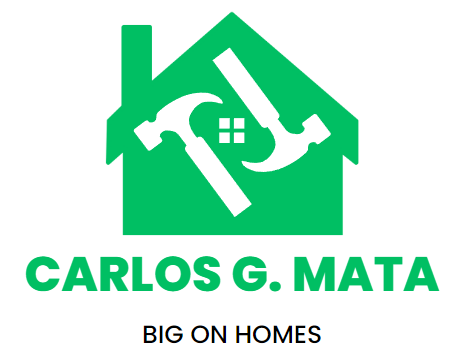How To Set Up Smart Home For Beginners in 2023
Have you ever imagined living in a home that caters to your every need, offering comfort, convenience, and security at your fingertips? Welcome to the world of smart homes, where technology transforms your living space into a personalized haven. This comprehensive guide on “how to set up a smart home” will take you through the journey of setting up a smart home for beginners, one step at a time. Get ready to explore endless possibilities that’ll change how you experience your home forever!
Key Takeaways
- Choose a reliable internet connection for the smooth functioning of devices.
- Look for a smart home hub that works with all your devices.
- Enhance security and energy efficiency with smart tech like locks, cameras & thermostats.
Choosing the Right Internet Connection
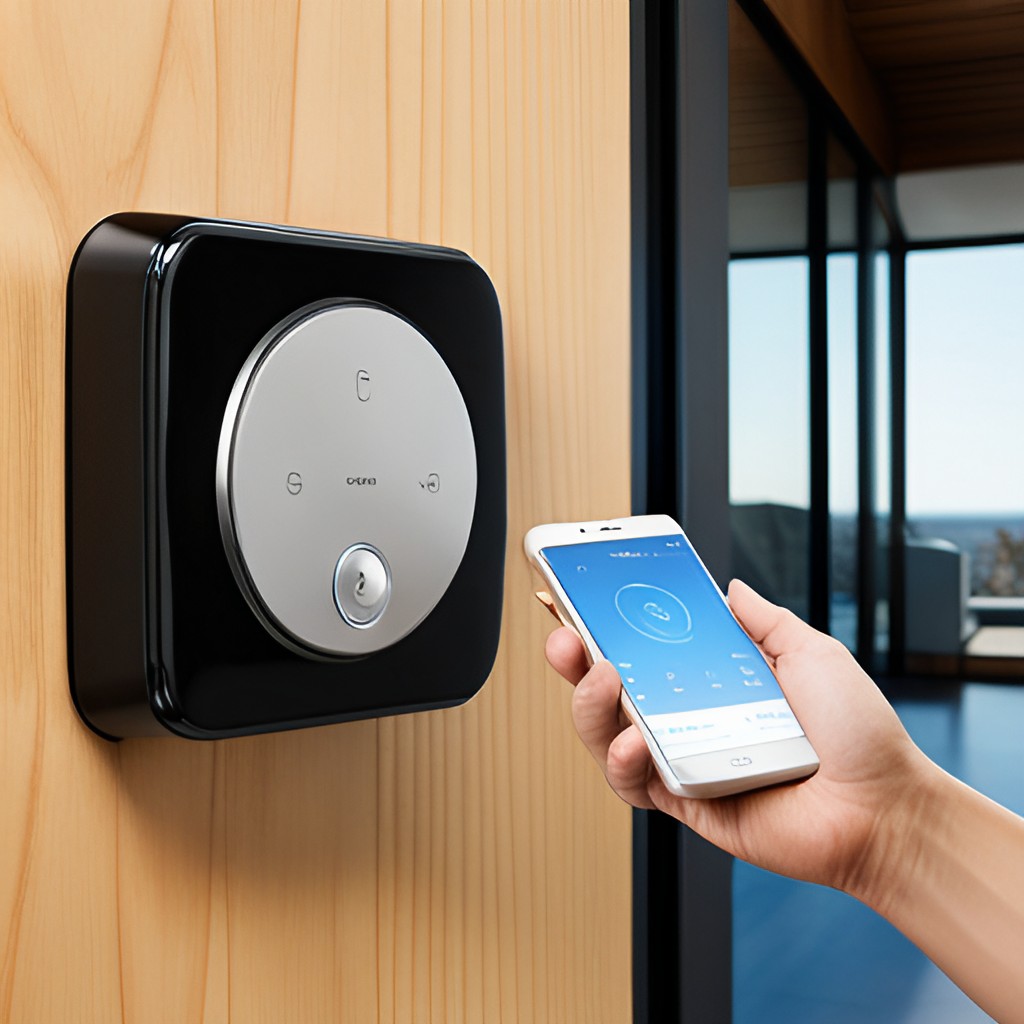
Apart from speed, choose a reliable internet service provider that offers a stable connection. A strong Wi-Fi network is vital for the security of your smart home, especially when using devices like smart plugs. So, don’t compromise on this essential aspect as you embark on your smart home journey.
Selecting a Smart Home Hub
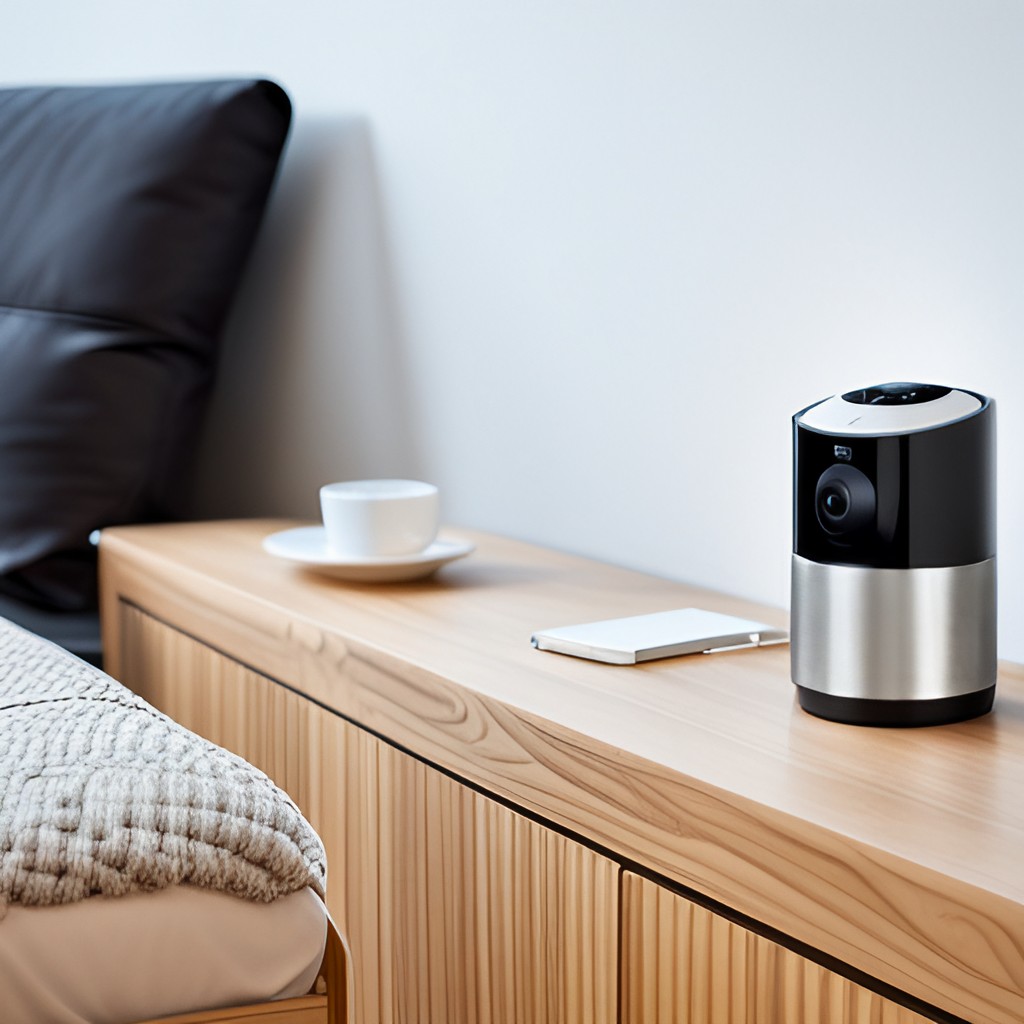
A smart home hub is the heart of your smart home system, connecting all your devices, including smart plugs, smart lighting, and security cameras. When selecting a smart home hub, compatibility should be your top priority. Ensure that the hub you choose works seamlessly with all your smart home gadgets, allowing you to manage them effortlessly using apps like the Google Home app.
Several smart home hubs, such as Samsung SmartThings and Wink, are available in the market. The recent development of Matter, a new smart home standard, has made connecting products from different ecosystems easier than ever, creating a genuinely unified smart home experience. So invest in a smart home hub that caters to your requirements and ensures smooth communication between your devices.
Integrating Smart Plugs
A smart plug is a game-changer in smart home automation, allowing you to transform ordinary appliances like lamps and fans into smart devices. With the help of smart plugs, you can control various appliances through an app or even voice commands. Moreover, these nifty gadgets can provide insights into your power consumption, helping you make more informed decisions about your energy usage.
To make the most of smart plugs, ensure they are connected to your smart speaker for voice control. Smart plugs can be used to control several household items, including:
- Lamps
- Slow cookers
- Curling irons
- Fans
- Space heaters
This makes managing your home even more accessible! Integrating smart plugs into your smart home setup adds a layer of automation and offers enhanced control over your appliances.
Implementing Smart Lighting
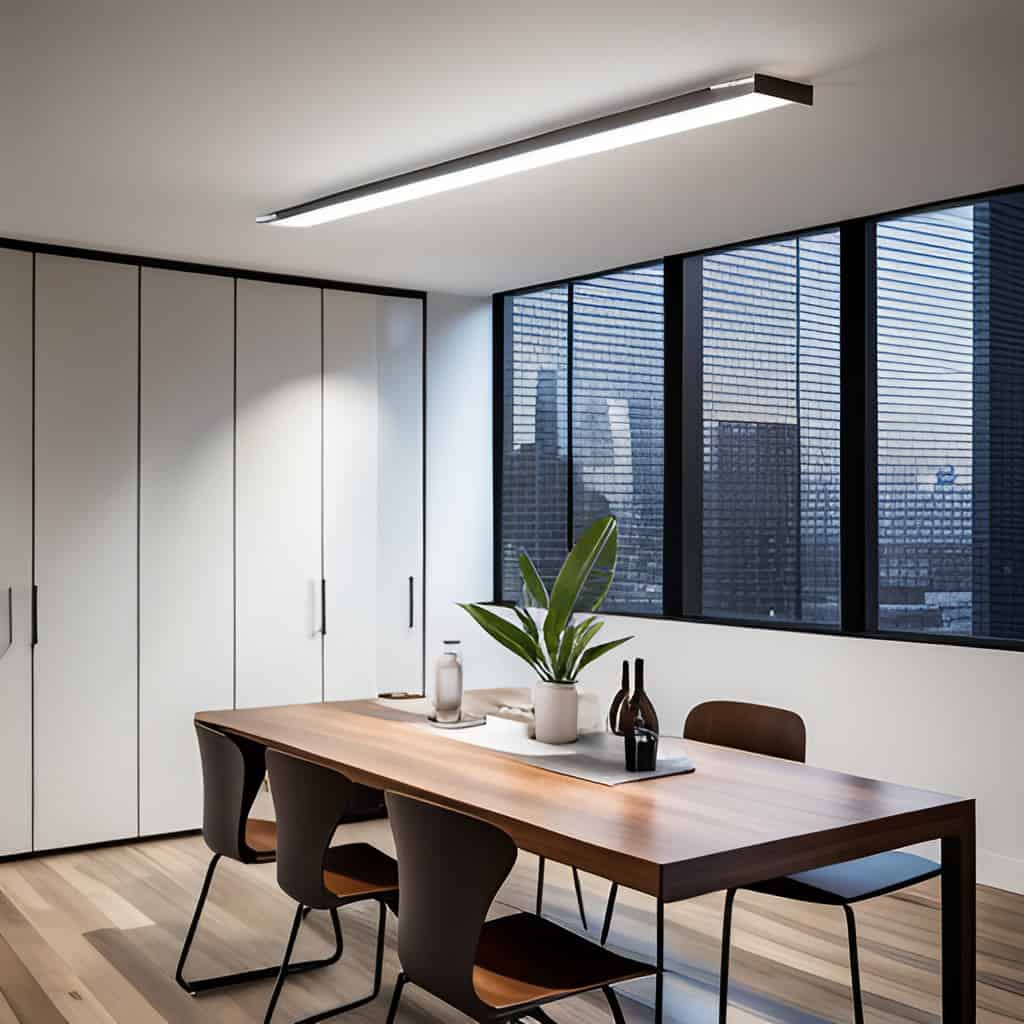
One of the most popular smart home upgrades is smart lighting. It allows you to personalize your living space by adjusting the color, color temperature, and brightness level of individual or group lights.
Besides offering convenience and customization, smart lights also enhance the security of your home. You can control them remotely, giving the illusion that someone is home even when you’re away, deterring potential burglars. Additionally, integrating a smart speaker with your smart lighting system gives you the convenience of voice control. This makes it easier than ever to manage your home’s ambiance.
Enhancing Home Security

Home security is a top priority for any homeowner, and smart home technology offers many options to safeguard your living space. Some examples include:
- Smart locks that can be locked and unlocked using your phone or voice commands
- Smart doorbells that allow you to see who’s at your door before opening it
- Security cameras that provide live video feeds and motion detection alerts
- Smart lighting systems that can be programmed to turn on and off at specific times to give the appearance of someone being home
- Smart smoke detectors that send alerts to your phone in case of a fire
These are just a few devices designed to bolster your home’s security.
If you’re seeking comprehensive protection, consider investing in a full-on home security system that includes door sensors, indoor motion sensors, and sirens. DIY security systems like SimpliSafe, Abode, and Ring provide easy-to-install, stick-and-peel equipment that requires minimal technical expertise. However, if you prefer professional installation, companies like ADT and Vivint offer expert assistance, albeit at a higher cost.
Expanding Your Smart Home System
Once you’ve set up the basics, it’s time to expand your smart home system to cater to your unique needs, comfort, and convenience. For individuals with disabilities, and focus on the aspects of their daily life that can be improved with smart home technology.
To ensure a seamless transition, start by upgrading one room at a time gradually integrating smart devices into your space. By taking a systematic approach, you can prioritize your needs and preferences while setting realistic expectations.
Voice Control Options: Google Assistant vs. Alexa

Voice control has become integral to the smart home experience, allowing you to manage your devices easily. Among the leading voice control options are Google Assistant and Amazon Alexa, each offering unique features and capabilities.
When deciding between Google Assistant and Alexa, it’s essential to consider the compatibility of your smart home devices. For instance, Alexa works well with Zigbee devices and various other brands, while Google Home is more suitable for those who prefer Nest devices. Ultimately, the choice boils down to your preferences and the devices you plan to integrate into your smart home system.
Optimizing Energy Efficiency with Smart Thermostats
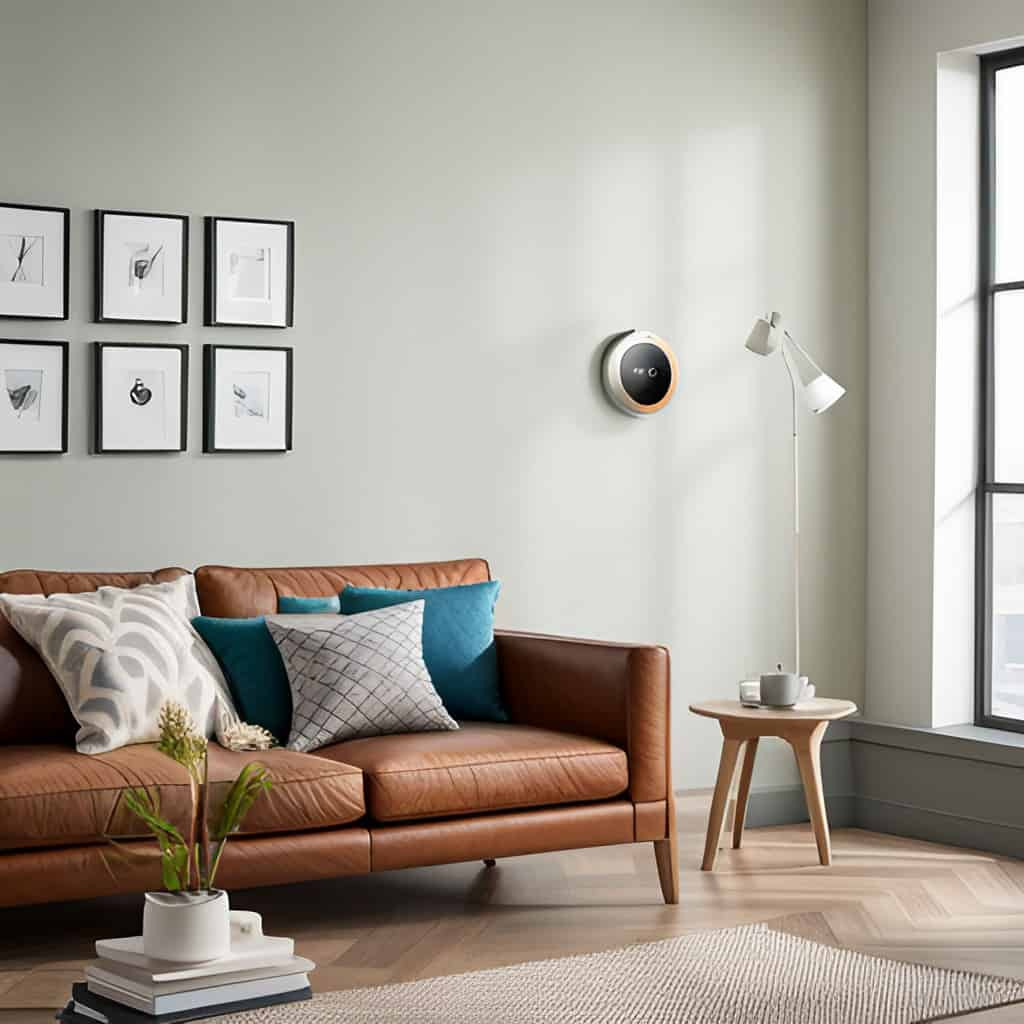
Smart thermostats are another addition to smart home devices that promise improved energy efficiency and convenience. Smart thermostats enable users to control their heating and air conditioning systems remotely. Additionally, they can automatically adjust the temperature based on factors like time, location, and other connected devices.
Popular smart thermostat brands like Nest help you save on energy bills and integrate with other smart devices in your home. By offering remote control, smart thermostats contribute significantly to the overall comfort of your home experience.
Monitoring Home Safety with Smart Cameras and Detectors

Monitoring home safety is a crucial aspect of smart home automation, and smart cameras and detectors offer real-time alerts to keep you informed. Devices like smart smoke and carbon monoxide detectors not only detect dangers but also send alerts to your smartphone and trusted contacts.
Indoor and outdoor security cameras equipped with motion and sound sensors enable you to watch your property closely, ensuring the safety of your loved ones and belongings. By integrating smart cameras and detectors into your smart home system, you can enjoy peace of mind knowing that your home is always protected.
Personalizing Multi-Room Audio Systems
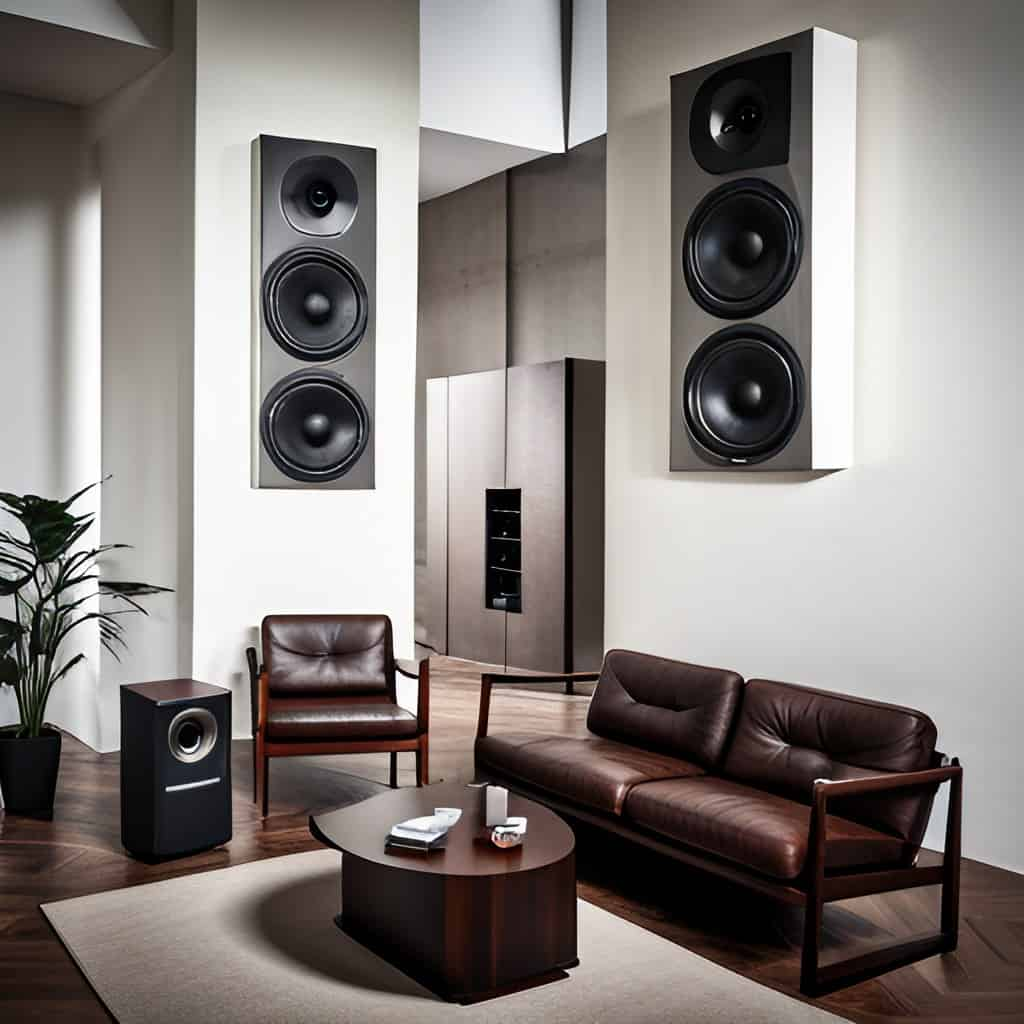
Music lovers rejoice! Smart home technology allows you to create customized multi-room audio systems that cater to your unique preferences. By incorporating smart speakers and soundbars, you can control music playback in different rooms individually or synchronize it across your entire home, providing a seamless audio experience.
For instance, devices like the Sonos Beam have built-in voice assistants like Amazon Alexa and Google Assistant, allowing you to control your music with just your voice. Personalize your multi-room audio system to suit your lifestyle and enjoy the ultimate auditory experience in the comfort of your smart home.
Securing Your Smart Home
As you invest time and effort into creating your perfect smart home, ensuring your system is well-protected from cyber threats is critical. Implementing robust security measures like using unique passwords, changing them regularly, and creating temporary guest passcodes for visitors can help safeguard your smart home from hackers and unauthorized access.
Don’t forget to keep your smart home devices’ firmware up to date and be cautious when granting permission to third-party apps and services. By staying vigilant and adopting secure practices, you can enjoy the benefits of your smart home without compromising its safety.
Conclusion
Setting up a smart home is a personalized journey guided by your unique needs and preferences. While numerous smart home devices and technologies are available, it’s essential to prioritize what matters most to you and keep your expectations realistic. Remember, the goal of a smart home is to simplify your life and provide you with a seamless, enjoyable living experience.
Embrace the world of smart home automation with smart displays, and watch as your dream home comes to life!
Frequently Asked Questions
What factors should I consider when choosing smart home components?
Ensure that your smart home components are compatible and will remain helpful.
What are some examples of outdoor smart home devices?
Smart sprinkler systems and robotic lawnmowers are popular outdoor smart home devices.
What security precautions should I take when setting up a smart home?
Use unique passwords for all your smart home devices, ensure your network is secure, and regularly update your firmware.
How can I make my home a smart house?
To make your home a smart house, start by changing your lighting, connecting to a hub, increasing your internet speed, installing battery-operated cameras, replacing your appliances, upgrading your thermostat, and powering with solar. To save on cost, look for components connected to a hub that can communicate with one another and your smartphone.
